MotoGP
Close up and personal on TV
Key Takeaways
- DHL makes sure that the MotoGP TV equipment gets to race venues around the world
- More than 200 people involved in the TV production
- Each of the 23 MotoGP motorcycles is equipped with four cameras
There is no occasion that a MotoGP aficionado relishes more than race Sunday. Despite the increasing number of spectators at the track itself, the millions of fans around the world watching on TV still make up the bulk of followers. Dorna Sports therefore spares no expense and effort to raise the quality of coverage to ever higher levels and bring the fans even closer to the sport.
The MotoGP races are shown on all continents, but few fans are aware of the technical wizardry that goes on in the background. As Official Logistics Partner to MotoGP, DHL makes sure that the TV equipment gets to race venues around the world in good time and in one piece.
The live International Programme Feed (IPF) produced by Dorna Sports is the basis for all TV partners worldwide and is the thread that runs through every transmission. More than 200 people are involved in the production of the IPF, and that figure does not even include a large number of employees working directly for the various partner TV organizations. Depending on the race venue, up to 160 cameras are in simultaneous use. The footage from all of these cameras is coordinated centrally in the paddock in a container hut that functions as the command center for TV coverage of the MotoGP.
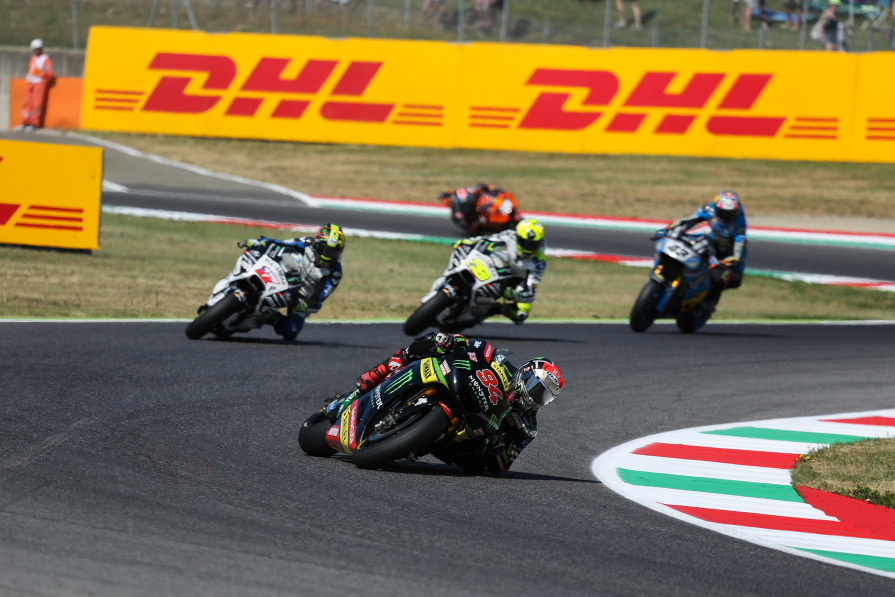
Four cameras on each motorcycle
The 2015 Octo British Grand Prix was the first occasion on which a race was shown in Ultra HD. This was a collaborative venture with BT Sports, the UK TV rights owner. High-speed cameras, the Helicam or the amazing gyroscopic camera on the rear of the MotoGP machines – these have long been part of the MotoGP broadcaster’s stock in trade.
In order to get the fans even closer to the sport, each of the 23 MotoGP motorcycles has now been equipped with four cameras: one at the front, one at the rear, one below the windshield looking up at the rider, and the gyroscopic camera, which so brilliantly captures the agility and the dynamics of sport.
Four cameras on a single motorcycle – this has been made possible only by significantly reducing the weight of the system. In 1985, Randy Mamola had the first prototype of an onboard camera strapped to his bike for the race at Assen. At that time, the equipment weighed 1.3 kilos. The system used today, however, comes in at only 80 grams. This is about 17 times less than the weight carried by Mamola.

Data in real time on TV
But fans want even more from the broadcaster than a high-quality TV picture. That’s why, since 2008, the MotoGP bikes have been carrying an onboard data module which brings the viewers even closer to the action on the track. Lean angles, current speed, RPM and gear changes are shown in real time and can be relayed at the push of a button to the millions of viewers around the world.
Together with various technology partners, Dorna Sports are developing and testing new camera variants all the time. Fans watching at home can expect even more innovations in the near future.

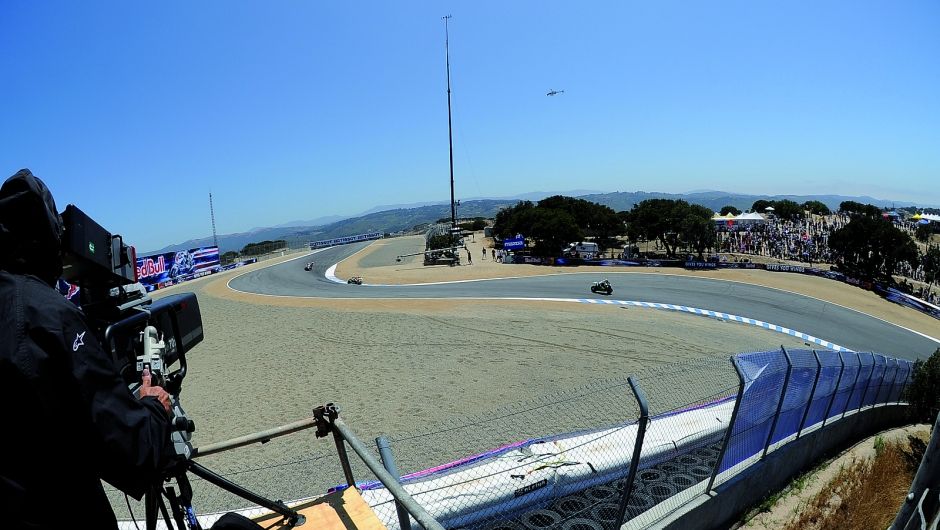
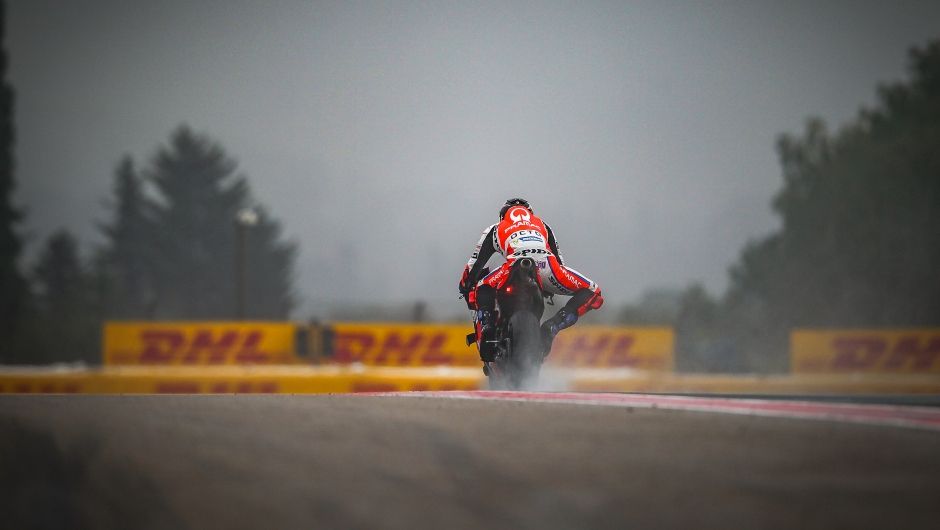
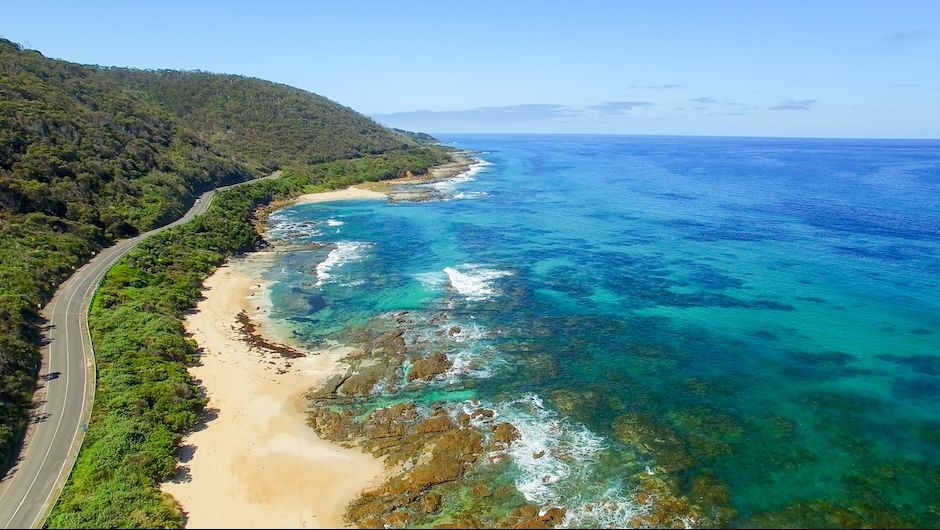
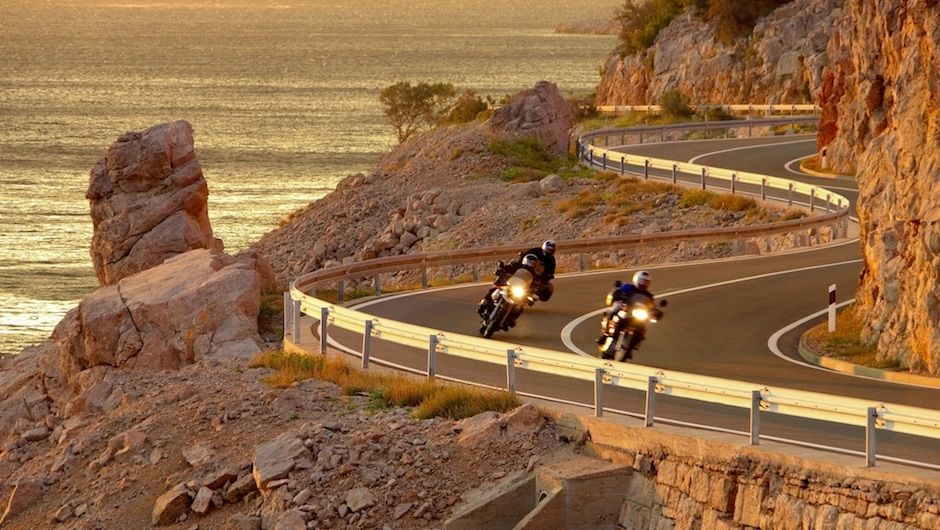
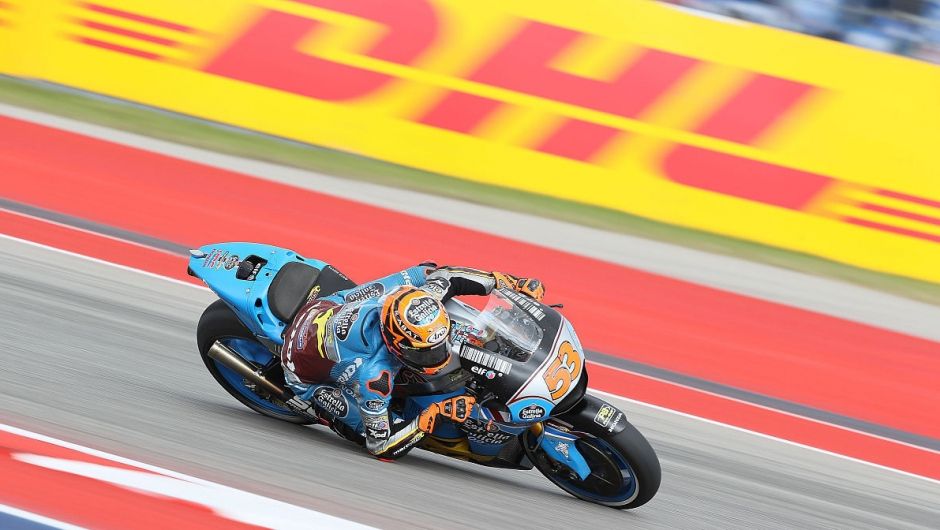

Content from disqus has been blocked because you did not allow to load it.
Loading the blocked content will adjust your privacy setting and content from this service will not be blocked in the future.
You have the right to revoke or change your decision at any time.
Posting Guidelines
All communications on Logistics of Things should be appropriate for a professional community, respecting the diverse views of individuals from different backgrounds. We will review all comments and reserve the right to terminate or restrict access to user's account and to delete any content posted through it, without notice and at our discretion, if we deem it to be overly promotional, offensive, or off topic.
All posting become property of DHL.